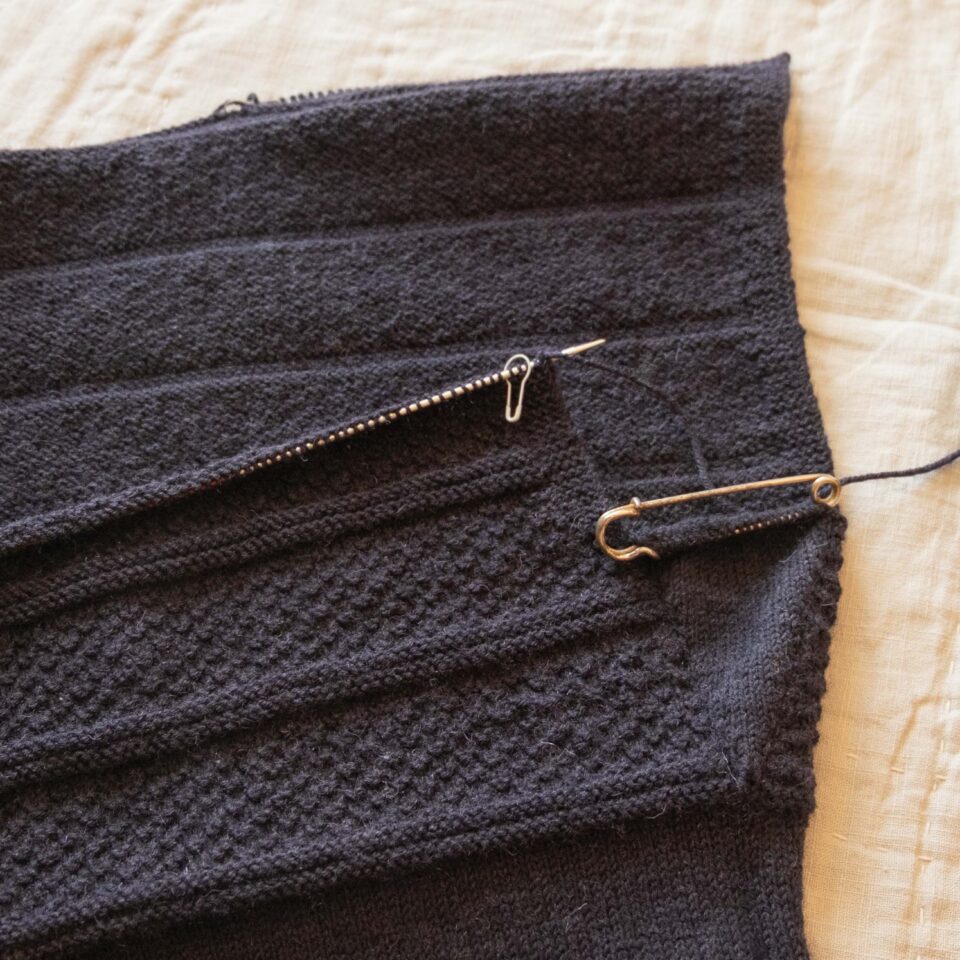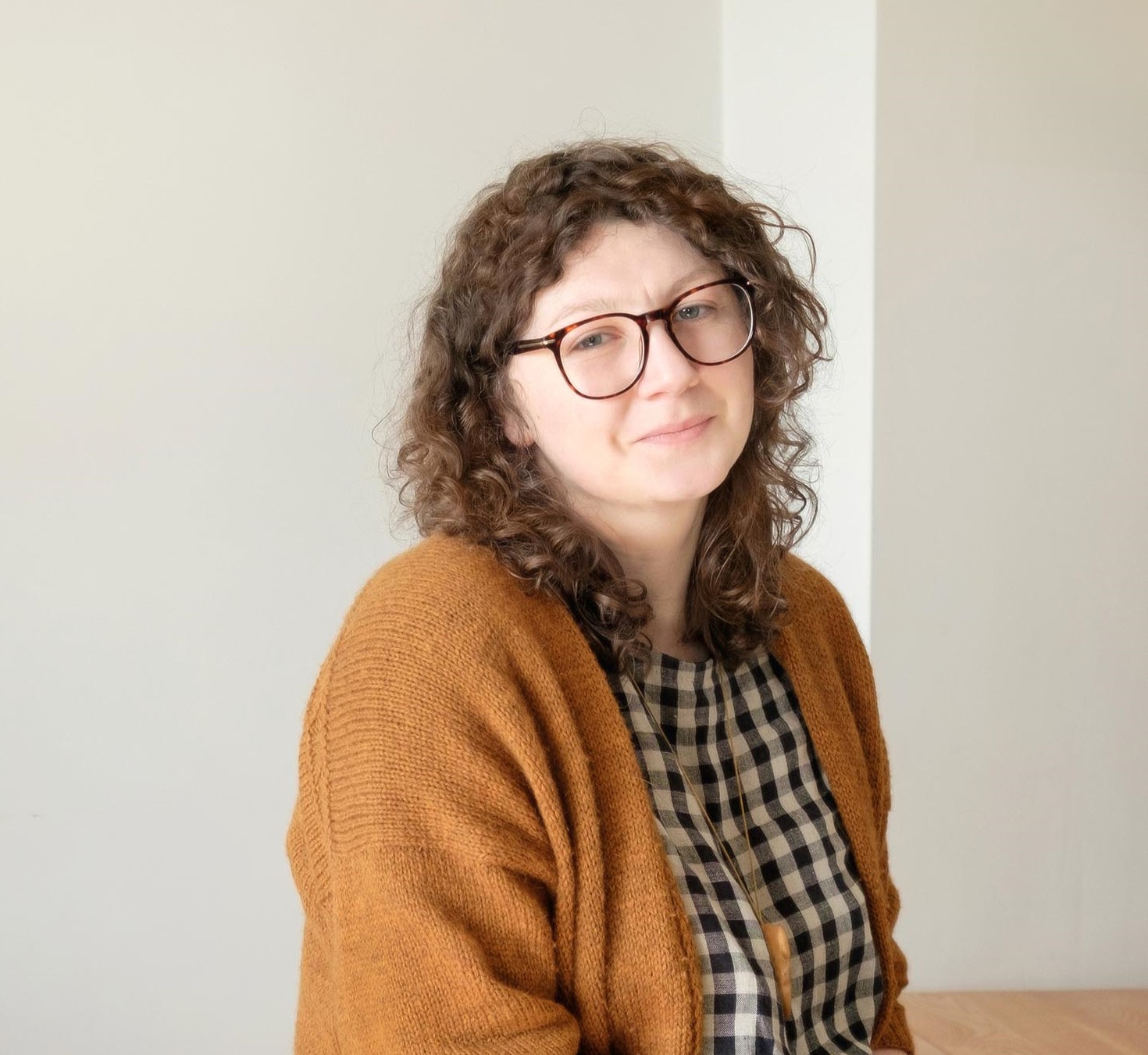
GANSEY KNITTING
An Introduction
6pm–8pm
£80 for 3-week course
Join us for three knitting workshops exploring the techniques used to make ganseys – traditional fishermen’s jumpers – and knit your own pair of fingerless mitts in the gansey style, learning all the skills needed to make a complete jumper.
Ganseys are traditionally hand-knitted in one piece with no seams, using pure wool. The patterns and motifs vary by region and community.
This introductory course will be led by Harriet Couchman of Flock, and is suitable for those able to cast on and off, and knit and purl in the round.
All materials will be provided.
All sales are final, we are unable to offer refunds.
More on ganseys from course tutor Harriet Couchman:
Ganseys are traditional fishermen’s sweaters, originating in the 19th Century. Simple and square in shape with drop shoulders and high necks, they feature an underarm gusset for ease of movement and improved fit.
They are traditionally knitted in the round on five double pointed steel needles (or ‘wires’) and use dense, dark, 5-ply, worsted spun yarns with a high twist, sometimes known as ‘seaman’s iron’.
Ganseys were usually made by the wives and daughters of fishing communities along the coast of England, Scotland and Holland (but were sometimes knitted by the fishermen themselves). These women would often undertake contract/production knitting to earn extra income.
The techniques/patterns were not written down, but passed down through families or learned ‘by eye’. An experienced contract knitter could finish a gansey in around a week, although today knitters generally take around 150 hours to knit one.
There are numerous regional stitch patterns and variations, which would have been shared between communities and travelled down the coast with the fishermen and the Herring Lassies that accompanied the fleet. Common motifs are ropes, ladders, diamonds, flags and zigzags representing waves.
Ganseys were working garments. The lower body and arms were often plain, (as they get the most wear), when they wore out these areas would simply be removed and re-knitted.
Many fishermen would have a gansey for best, alongside their working garment. These were saved for church on Sunday, photographs or to be buried in.
Ganseys are also known as knit shirts, knit frocks, fisher shirts and fisher ganseys. The name ‘Gansey’ comes from the fabric that they were knitted in (not because they came from the channel islands). The fabric (tight knit stockinette) had been called Guernsey or Jersey since Elizabeth I set up knitting guilds on the Channel Islands.
This event is part of The Sun Feeds the Wind public programme, made possible with The National Lottery Heritage Fund. Using money raised by National Lottery players, The National Lottery Heritage Fund supports projects that connect people and communities with the UK’s heritage.

